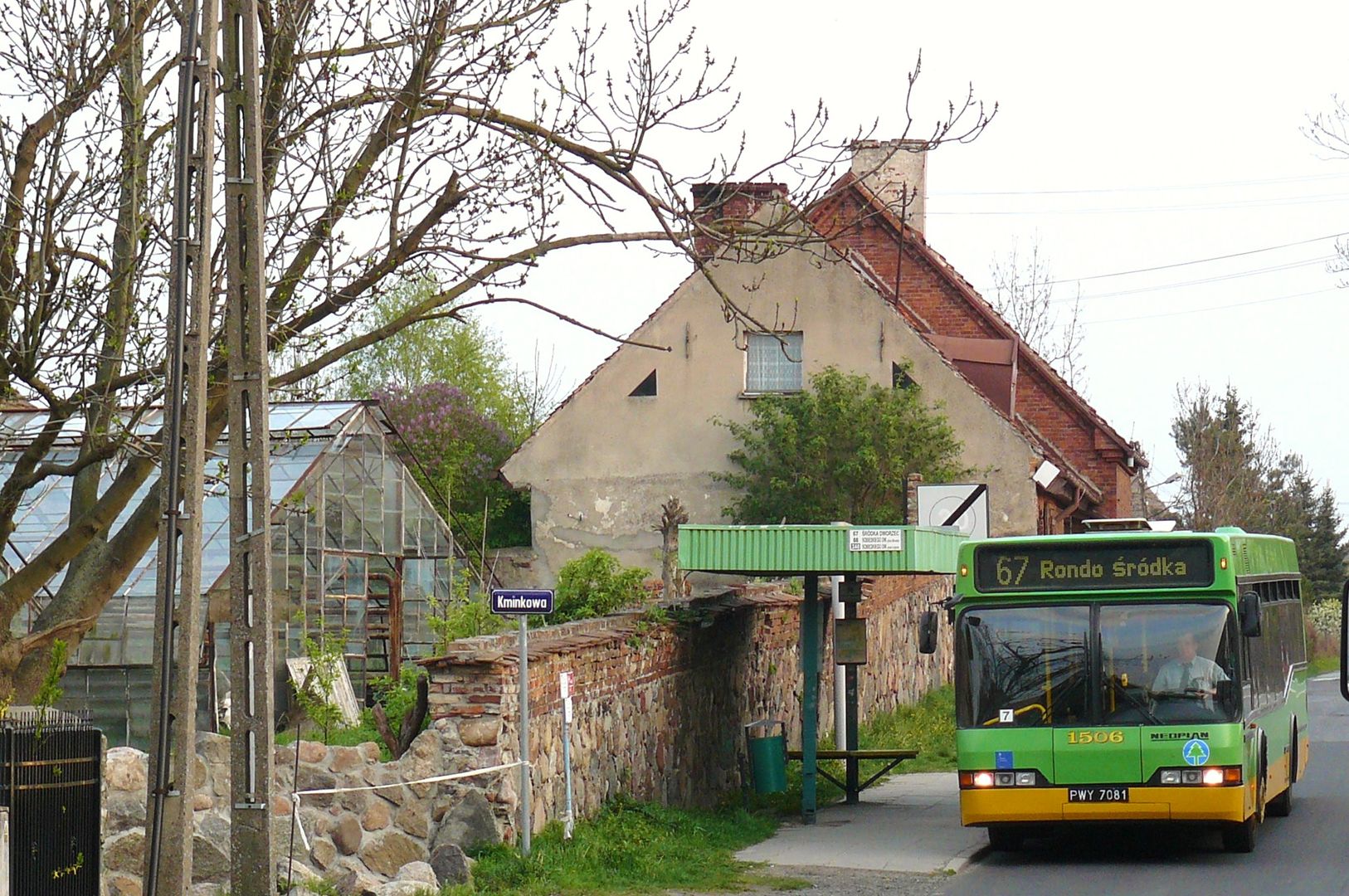Radojewo
6.16

Overview
Radojewo is a picturesque district of Poznań, located at the northern edge of the city, on the left bank of the Warta River. The history of Radojewo dates back to the Middle Ages, when in 1252, Przemysł I, Duke of Poznań, established the village as an endowment for the Cistercian convent in Owińska. The name of the locality, likely associated with joy (radość), appears in documents from the 13th century. After the Third Partition of Poland in 1797, the convent's estate was confiscated by the Prussian government, and Radojewo came into the hands of Zygmunt Otto von Treskow, who built a palace there in 1825. The palace, set in a beautiful landscape park designed by the royal gardener Peter Joseph Lenné, along with the presence of an artificial ruin, a chapel, and the von Treskow family cemetery, attests to the architectural merits of the area. In the 19th century, a brickworks operated here, supplying building materials for the Poznań Fortress. In 1987, Radojewo was incorporated into Poznań, and in 2001, the Morasko-Radojewo Housing Estate was established. Today, one can find small villa neighborhoods here, but the center of the district has retained its suburban character. A chapel funded by the Kurowski family and the planned creation of the Cistercian Cultural Park Owińska-Radojewo add to the cultural value of the area. In terms of nature, Radojewo stands out for its rich flora and fauna, including the presence of the giant puffball (Calvatia gigantea) and numerous species of ornamental plants. Radojewo also has a legendary dimension, linked to the tale of a girl named Jagna and the stones said to be the result of her forgetting about water. Public transportation is provided by bus lines, making the district well-connected to Poznań. Thus, Radojewo represents an intriguing blend of history, culture, architecture, and beautiful nature, offering residents and visitors a charming environment and a rich historical context.
Location
Tickets
Powered by GetYourGuide
2025 Wizytor | All Rights Reserved